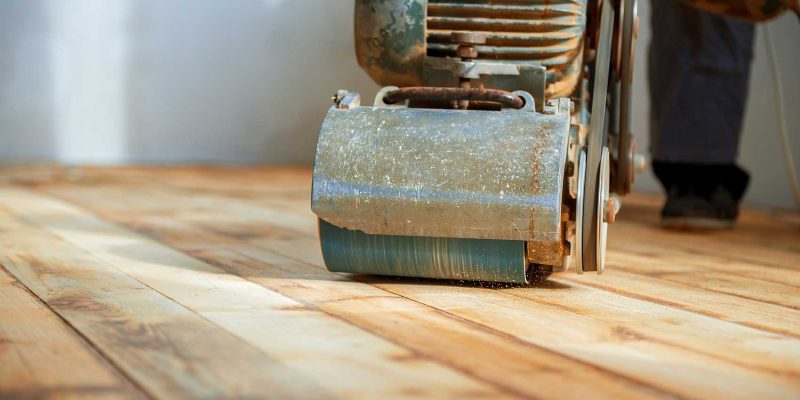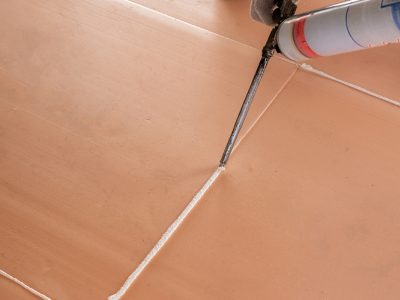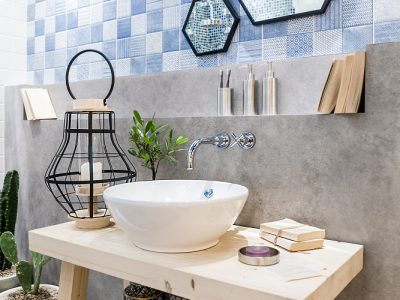Hardwood floors are among the most valuable and beautiful features in a home. But as they age, sanding becomes necessary to remove wear, restore their shine, and prepare them for a fresh finish. While DIY sanding might seem like a cost-saving approach, it can lead to costly damage if not done correctly. This is why many homeowners trust professional services to handle the task—because professional sanding isn’t just better, it’s safer for your floors.
Companies like Mebesa Flooring specialize in precision techniques and advanced equipment that protect your floors while delivering outstanding results. But what exactly makes professional sanding safer?
1. Proper Depth Control Prevents Over-Sanding
Each time hardwood floors are sanded, a thin layer of wood is removed. Removing too much can:
- Thin out the planks
- Expose nails or subfloor
- Weaken structural integrity
Professional sanders use adjustable, high-grade machines that remove just enough surface without compromising the floor’s thickness. DIY attempts often lead to over-sanding, especially around edges or corners.
2. Even Sanding Ensures a Flawless Finish
One of the biggest risks with DIY sanding is unevenness. Inconsistent pressure or technique can cause:
- Dips and valleys across the floor
- Swirl marks from improper tool handling
- Waves or sanding lines that show through the finish
Professionals are trained to apply steady, even passes that maintain the level of your floor throughout the space—preserving both beauty and function.
3. Dust Control Protects Indoor Air Quality
Sanding produces a significant amount of fine dust. If unmanaged, it can:
- Settle into HVAC systems
- Aggravate allergies or respiratory issues
- Contaminate furniture, electronics, and vents
Professional sanding teams use dustless sanding systems that collect particles at the source. This technology not only keeps your home cleaner, but also safer for your health.
4. Safe Handling of Edges and Corners
Edges, corners, and stairs are particularly vulnerable to damage during sanding. Inexperienced users may:
- Gouge the wood
- Leave uneven transitions
- Cause splintering or tear-out
Professionals use specialty tools to gently and accurately reach these tricky areas without compromising floor integrity or appearance.
5. Experience with Floor Variations
Not all hardwood is the same. Professionals know how to assess:
- The species of wood (oak, maple, cherry, etc.)
- The thickness of the wear layer in engineered flooring
- Prior finishes or stains that affect sanding behavior
- Moisture content and environmental conditions
This knowledge guides the choice of equipment, abrasives, and sanding depth to minimize risk while maximizing results.
6. Preparation and Finishing Know-How
Sanding is just one step in the refinishing process. Professionals also:
- Prepare the area thoroughly to avoid debris and imperfections
- Choose the right grit sequence for smoothness and finish adhesion
- Apply compatible stains and sealers to prevent future damage
- Buff and polish to a smooth, even sheen
This attention to detail ensures not just safety—but a truly rejuvenated floor.
7. Time and Cost Efficiency
While DIY sanding may appear cheaper upfront, mistakes can result in:
- Permanent floor damage
- Costly repairs or replacements
- More time spent correcting errors
Hiring professionals often saves time and money in the long run—especially when preserving valuable hardwood.
Conclusion
Professional sanding is an investment in both safety and quality. With the right tools, experience, and techniques, experts can restore your hardwood floors without risking structural damage or surface flaws. From dust control to finish application, every step is handled with precision and care.








Comments